Pictures: Looking back at Cahirmee Horse Fair through the years
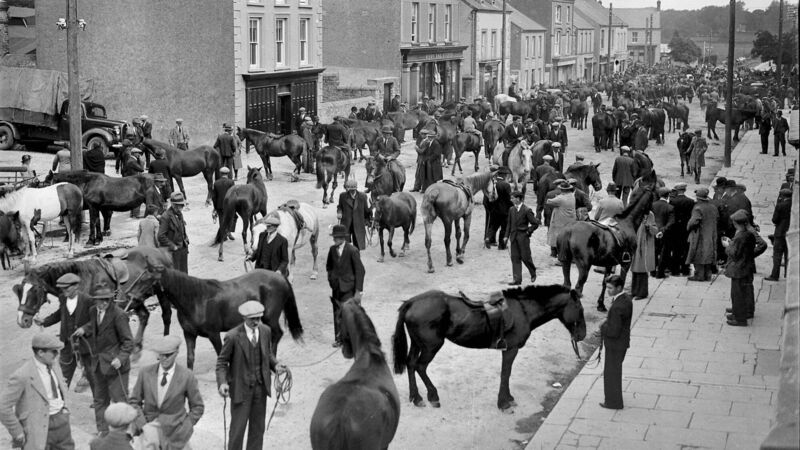
ONE of the country’s oldest horse fairs was forced to cancel earlier this month amid fears it would be a hotbed for the transmission of Covid-19 if it went ahead.
The Cahirmee Horse Fair, which would have been celebrating its 99th year this year, has no official organiser but typically attracts tourists and horse traders from all over Ireland and Britain.
The Fair is traditionally held on July 12 but the 2020 event was marked for Monday, July 13 as the 12th fell on a Sunday.

Earlier this month, Gardaí stated that the event was cancelled and urged the public not to travel to Buttevant.
"There will be a Garda Operation in place to ensure the Government regulations regarding Covid-19 are complied with," commented Sergeant Eileen Kelly.
"Please do not come to Buttevant for the Horse Fair as you will be turned back," she continued.
"Due to Covid-19, Cahirmee Horse Fair 2020 is now cancelled.
"I’m urging the public to stay home at this time and stay safe," he said.
In the lead up to Monday, July 13, as a precautionary measure, Gardaí mounted patrols and blocked off certain areas of the town to prevent the Fair from taking place.
According to the Buttevant Heritage website, the Fair is believed to have roots back in Ireland’s prehistoric past, when Mee was a High King of Munster, and his royal seat was nearby to the east of Buttevant.
The Fair originally took place in the townland of Cahirmee some three miles east of Buttevant, a spot considered to be the centre on Munster.

In the early 1920s, the Fair moved into Buttevant town as buyers and sellers felt threatened by the political turmoil of the time during both the War of Independence and the Civil War.
In the 1950s, the Fair had declined slightly in popularity, but by the 1960s it experienced something of a renaissance, as an Echo article from July 13, 1963 indicates.

"The normally quiet town of Buttevant was probably the busiest place in Ireland yesterday.
"The annual Cahirmee Horse Fair drew thousands of buyers and sellers from all over the country and from many parts of England.
"Hundreds of tourists also arrived to swell the throng and the shopkeepers had to work at full pressure to deal with so many customers.
"The general opinion was that this has been the largest fair for the past 15 years.
"For a long period of years the fair had declined in importance but in recent years it has recovered much of its former glory.

"To drive through the town yesterday was a hazardous experience as the buyers and sellers bargained on the main street and other side streets," the article stated.
"Cahirmee has always been a great attraction for the travelling people, and their colourful caravans added much to the glamour of the fair.
"Now the horse drawn caravans have disappeared and on this occasion there seemed to be only a few motor-drawn vans," it continued.

That year, the highest price paid for a blood horse up to the late afternoon was £400 and working horses were fetching from £50 to £70.
"Hunters averaged £150 but prices as high as £300 were obtained for some first class animals," the article continued. According to local legend, one of the most famous horses sold in Buttevant was Napoleon’s horse Marengo, used in the retreat from Moscow during the winter of 1812.
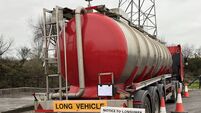
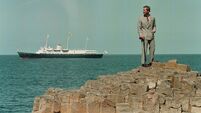
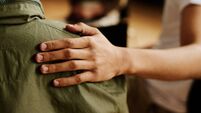
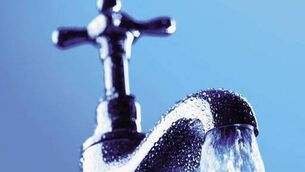
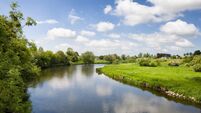


 App?
App?


